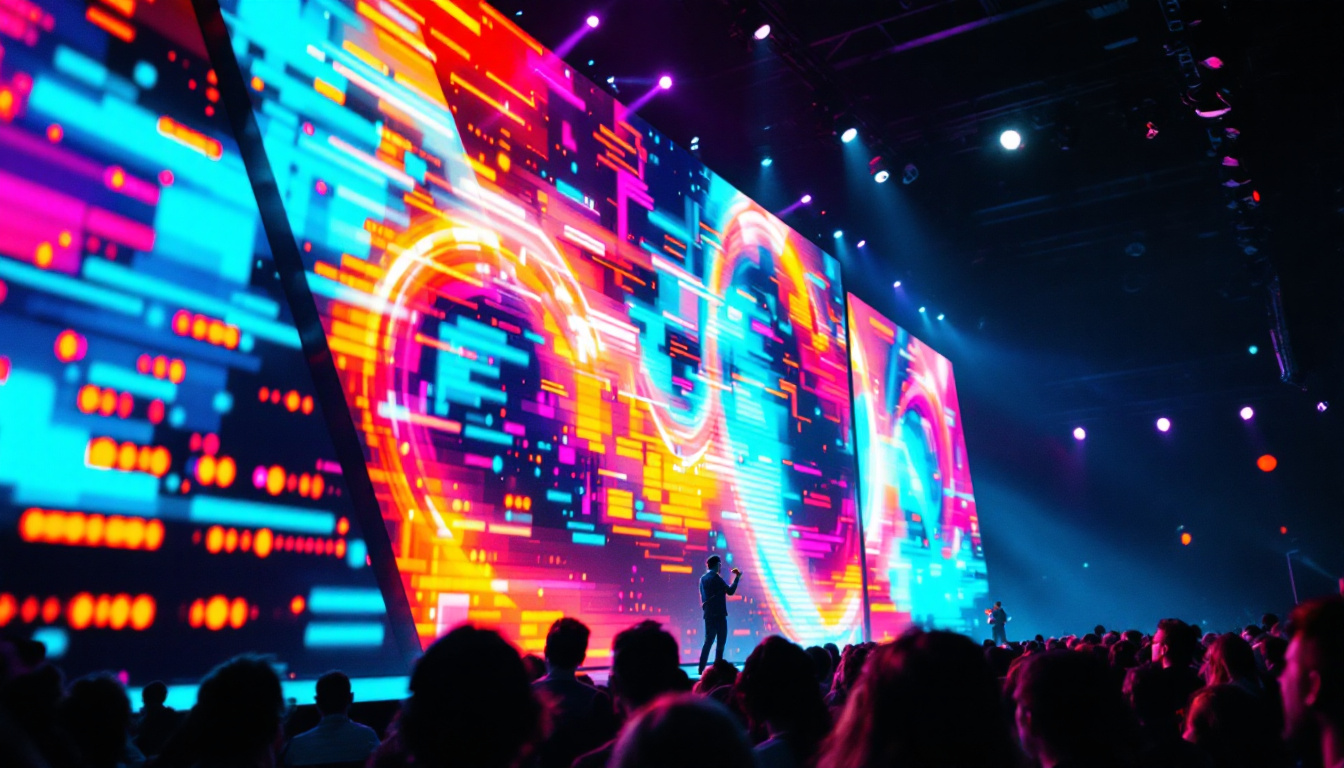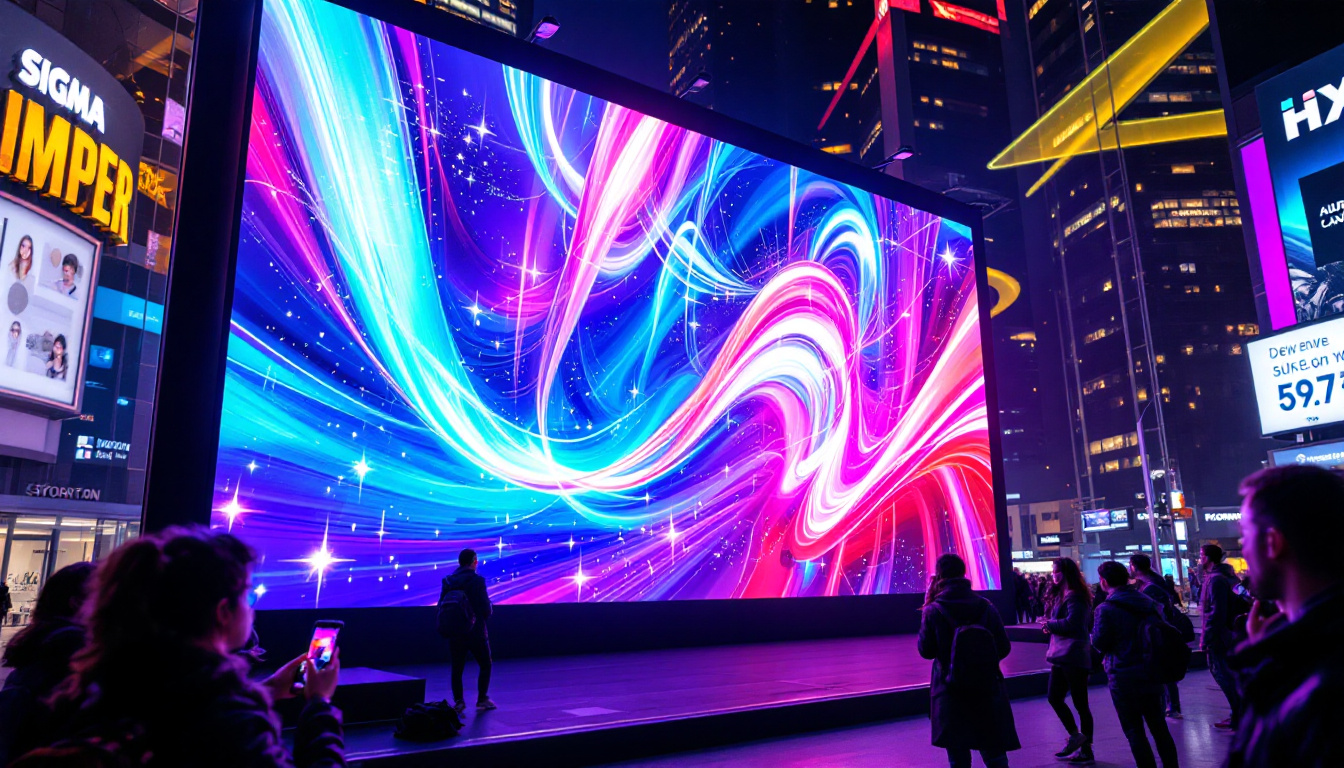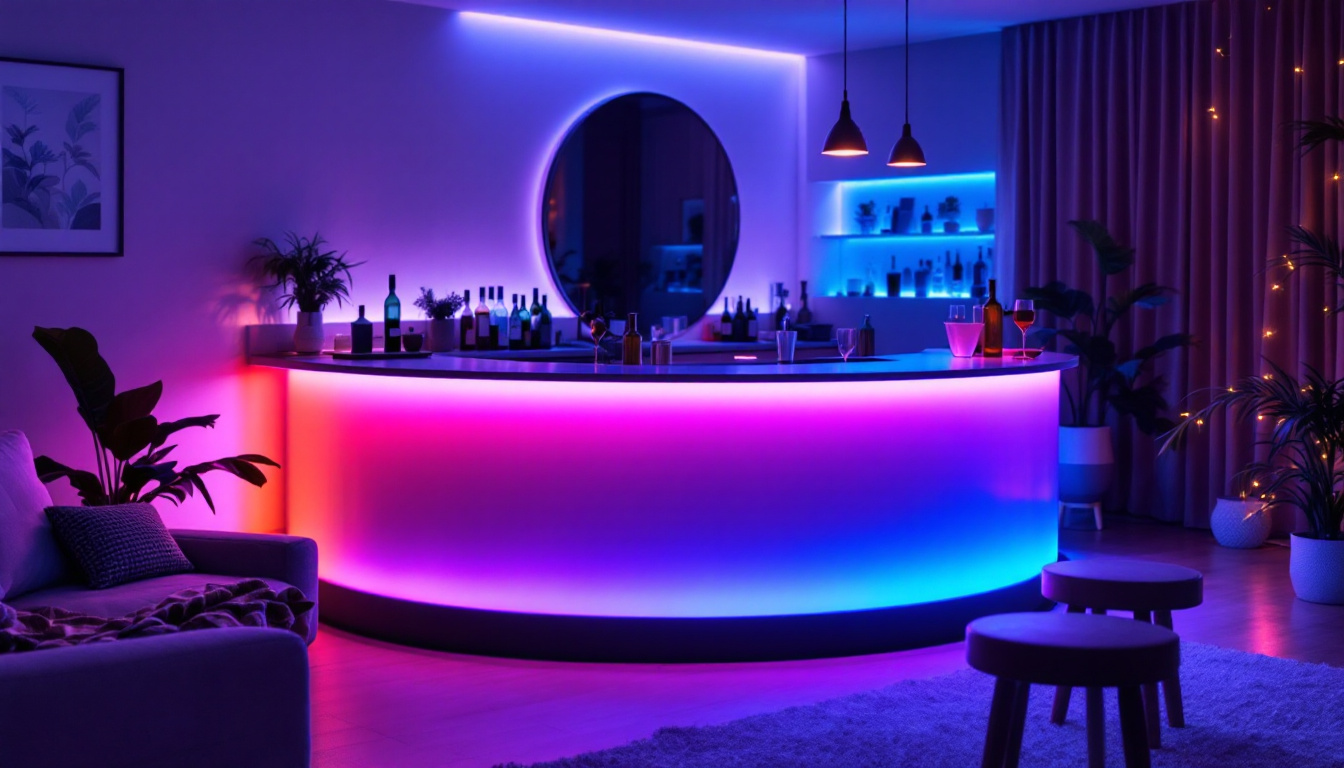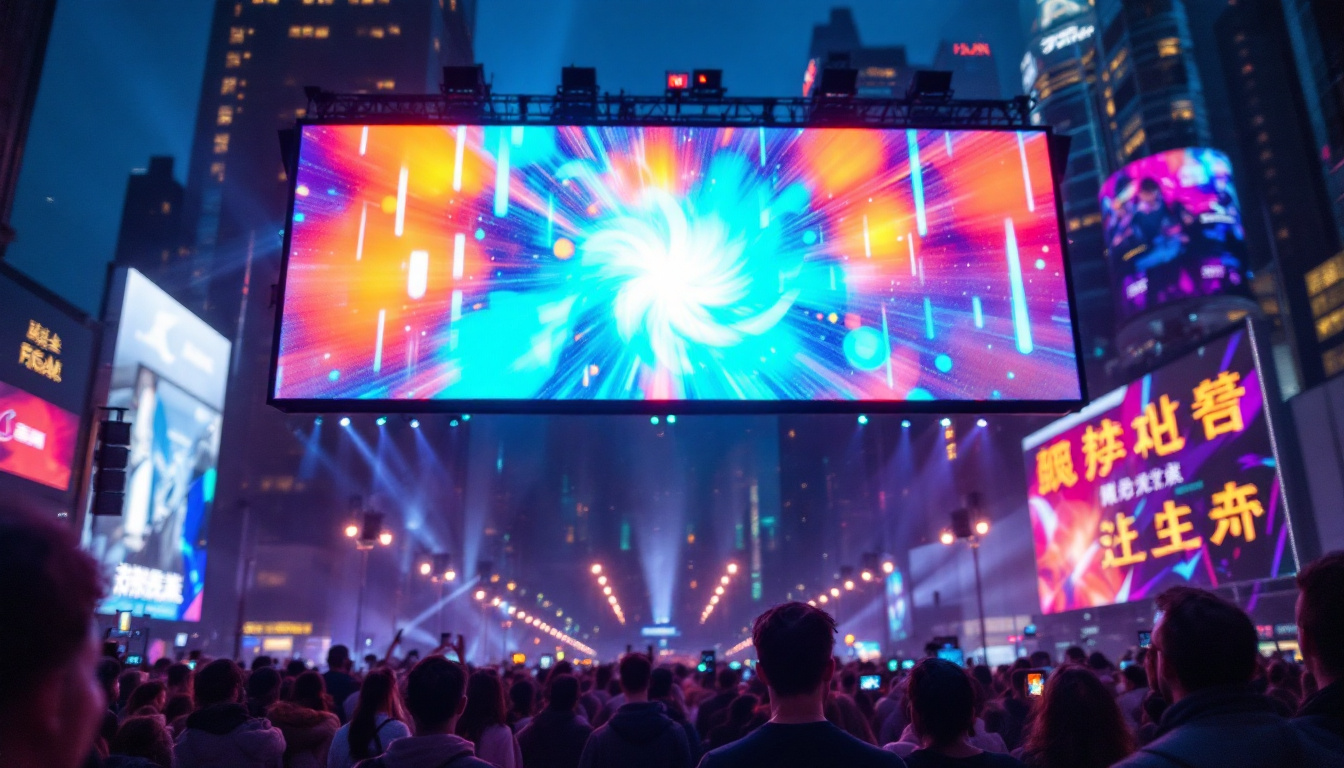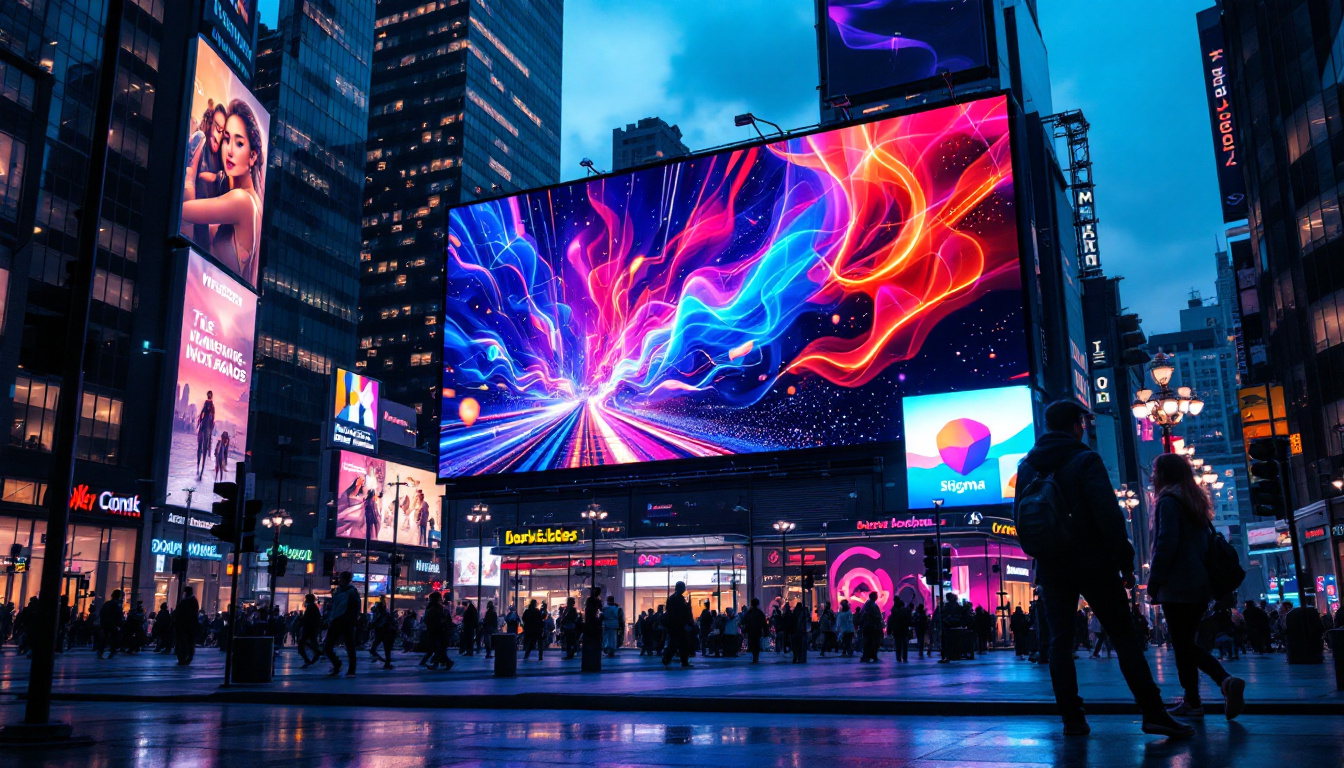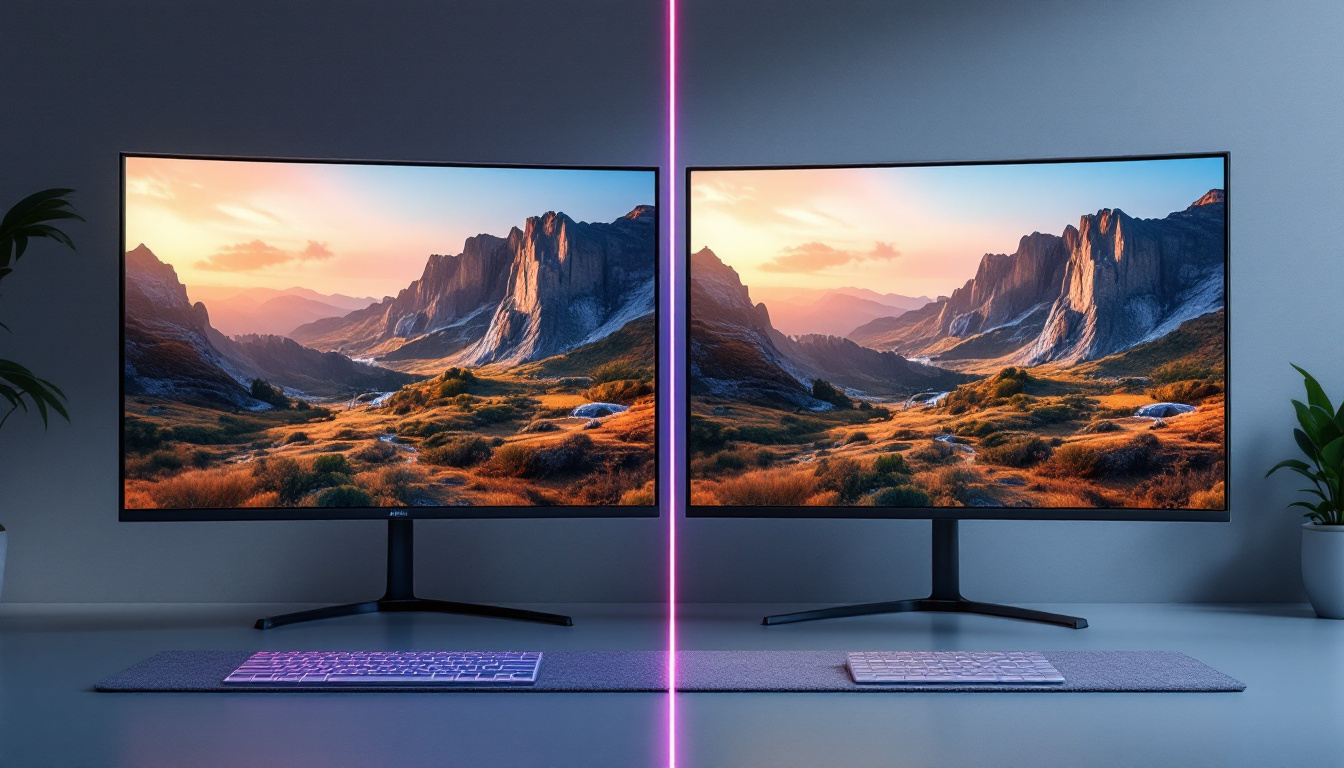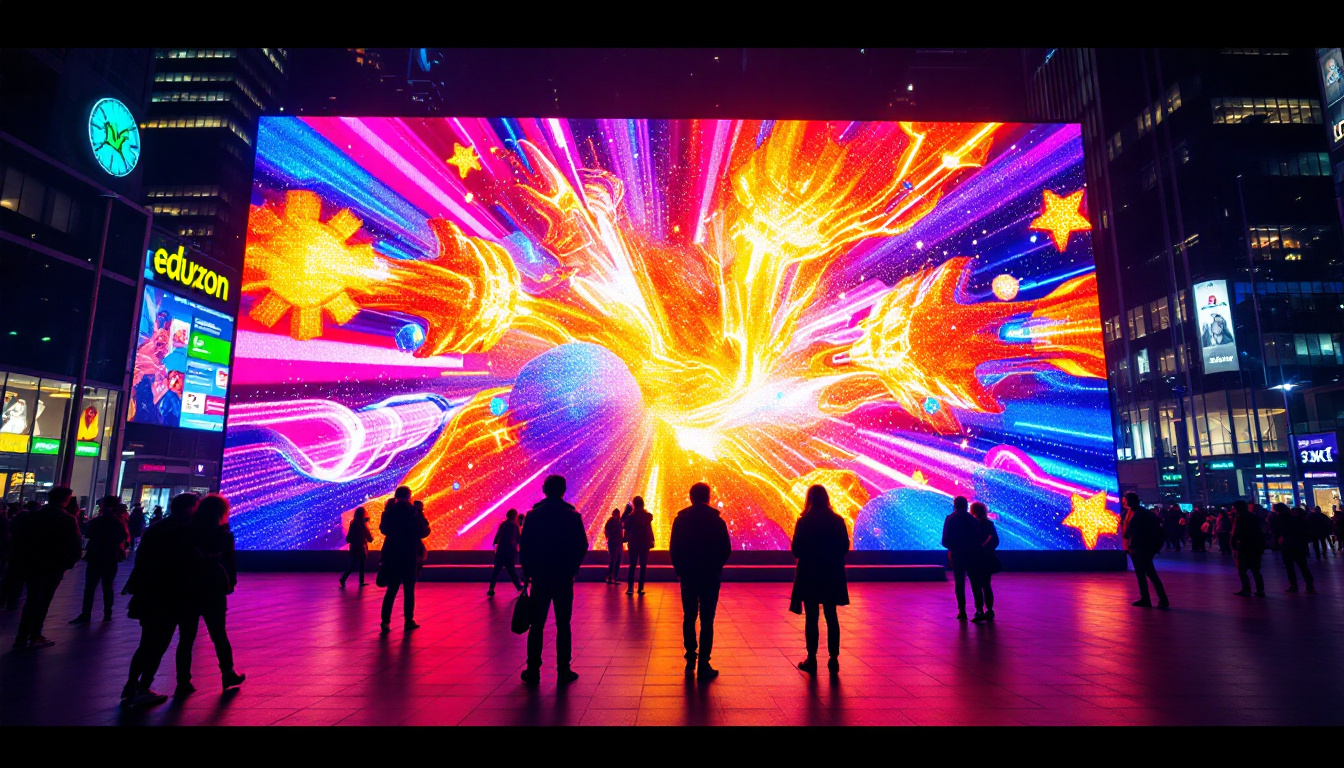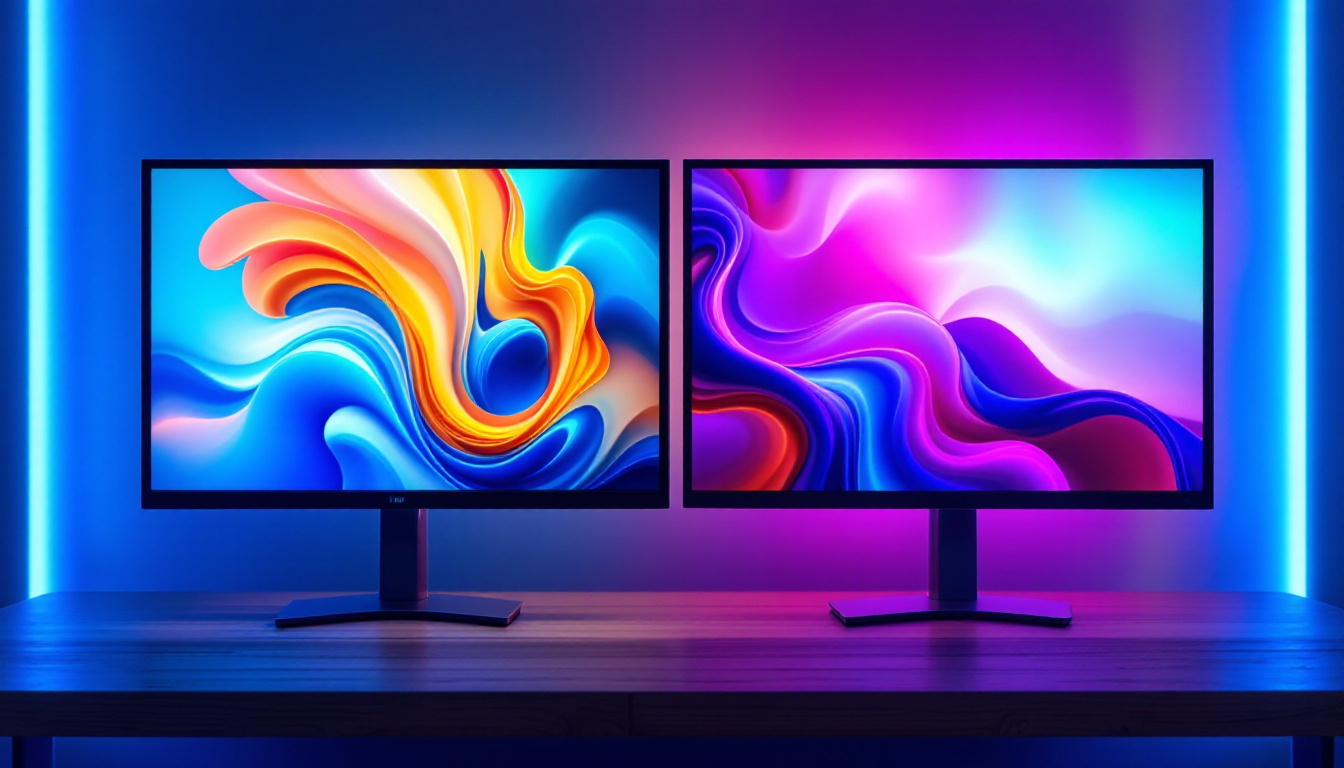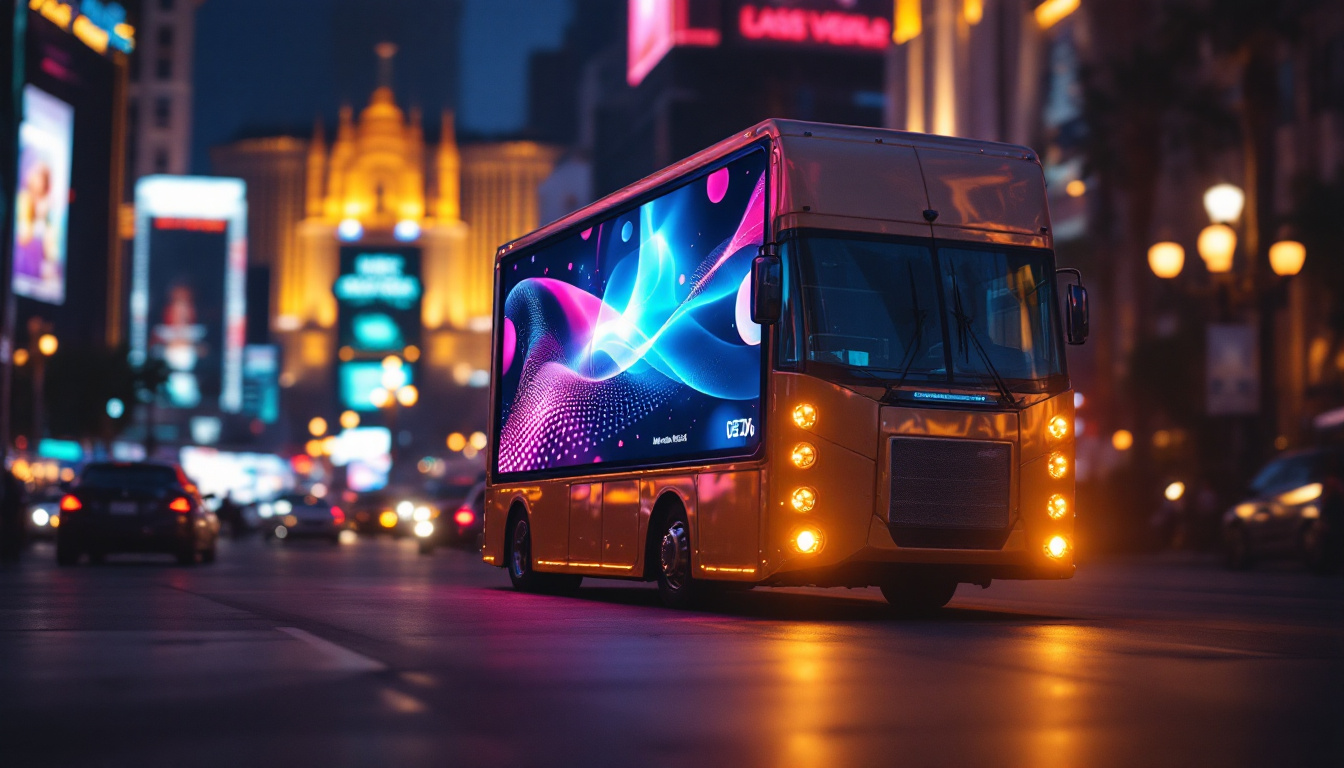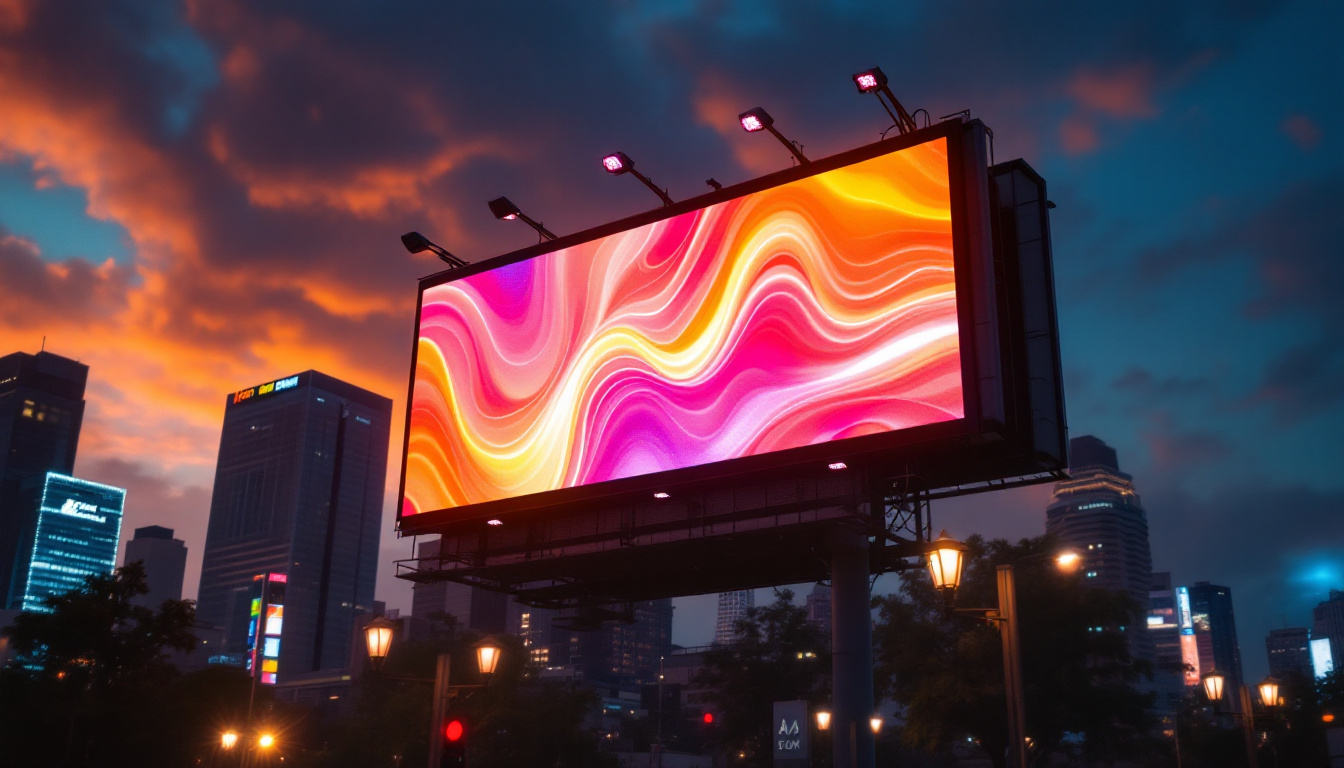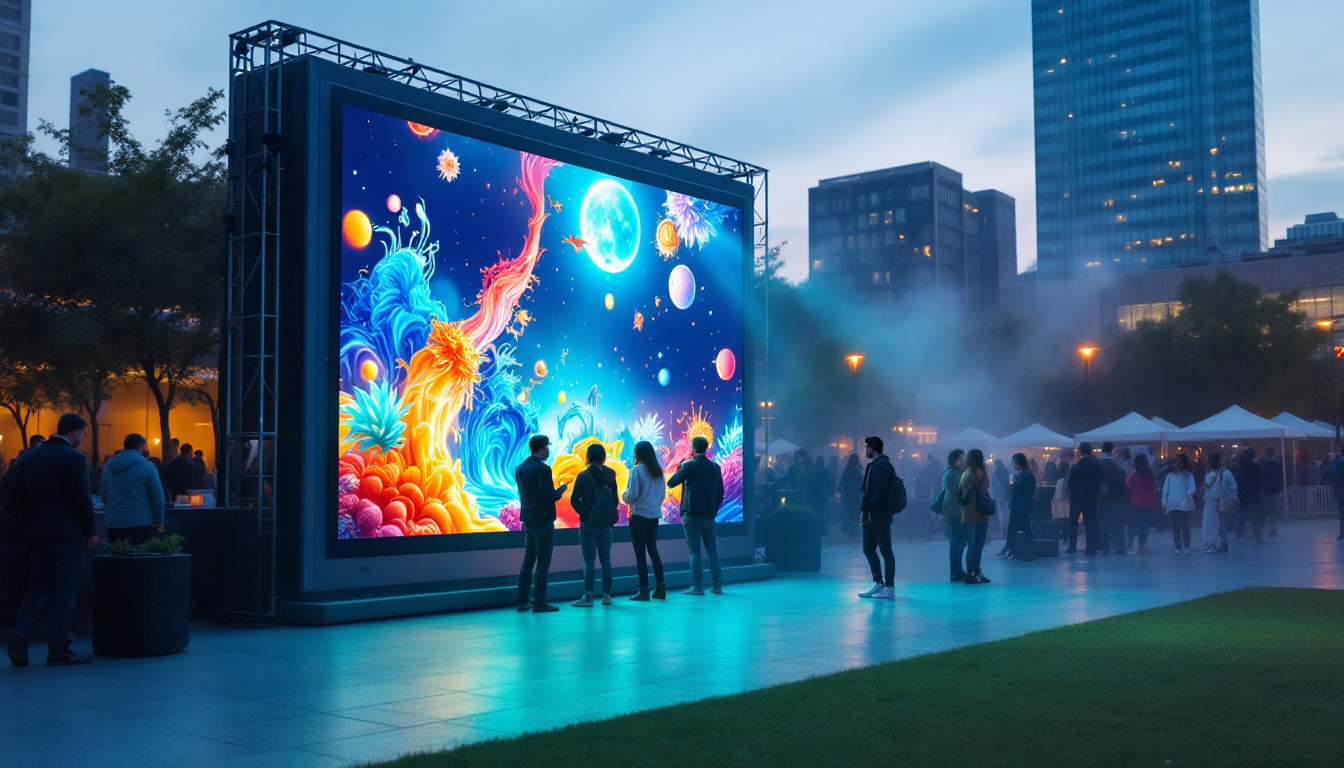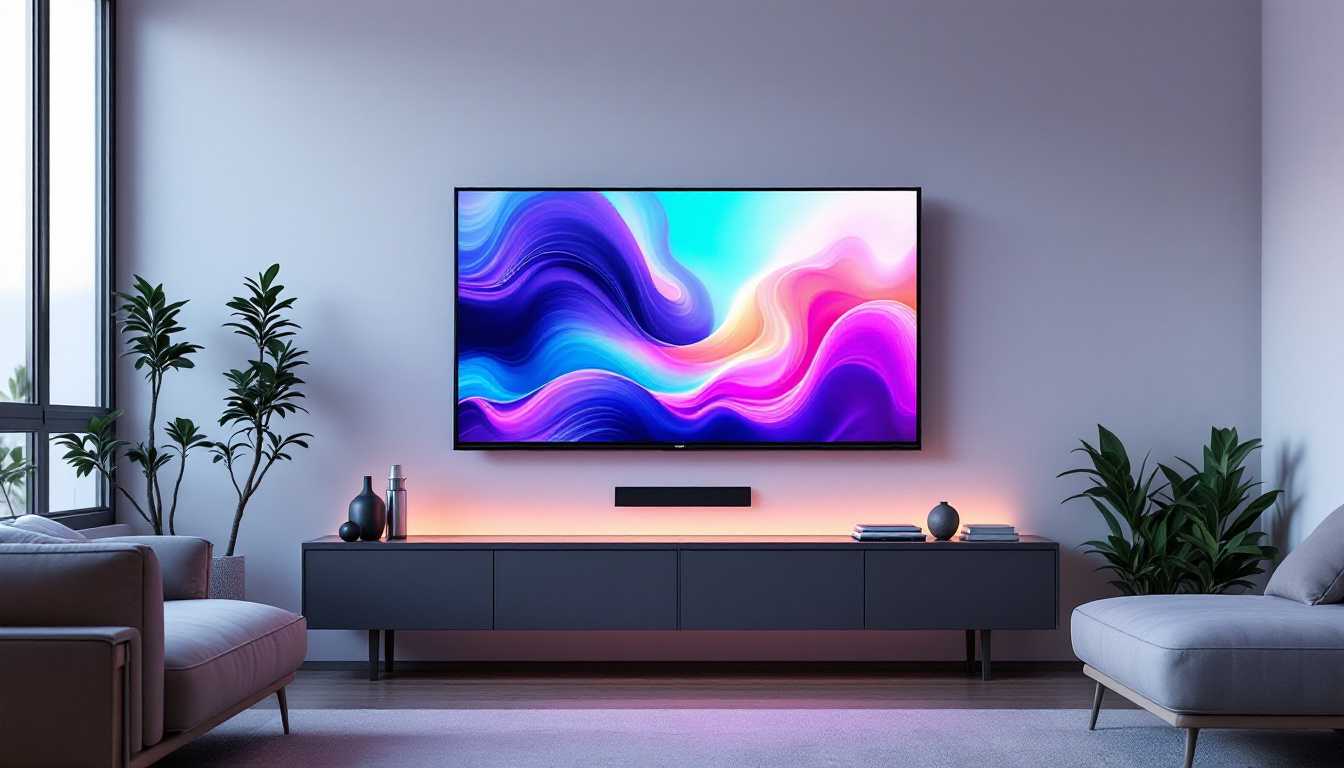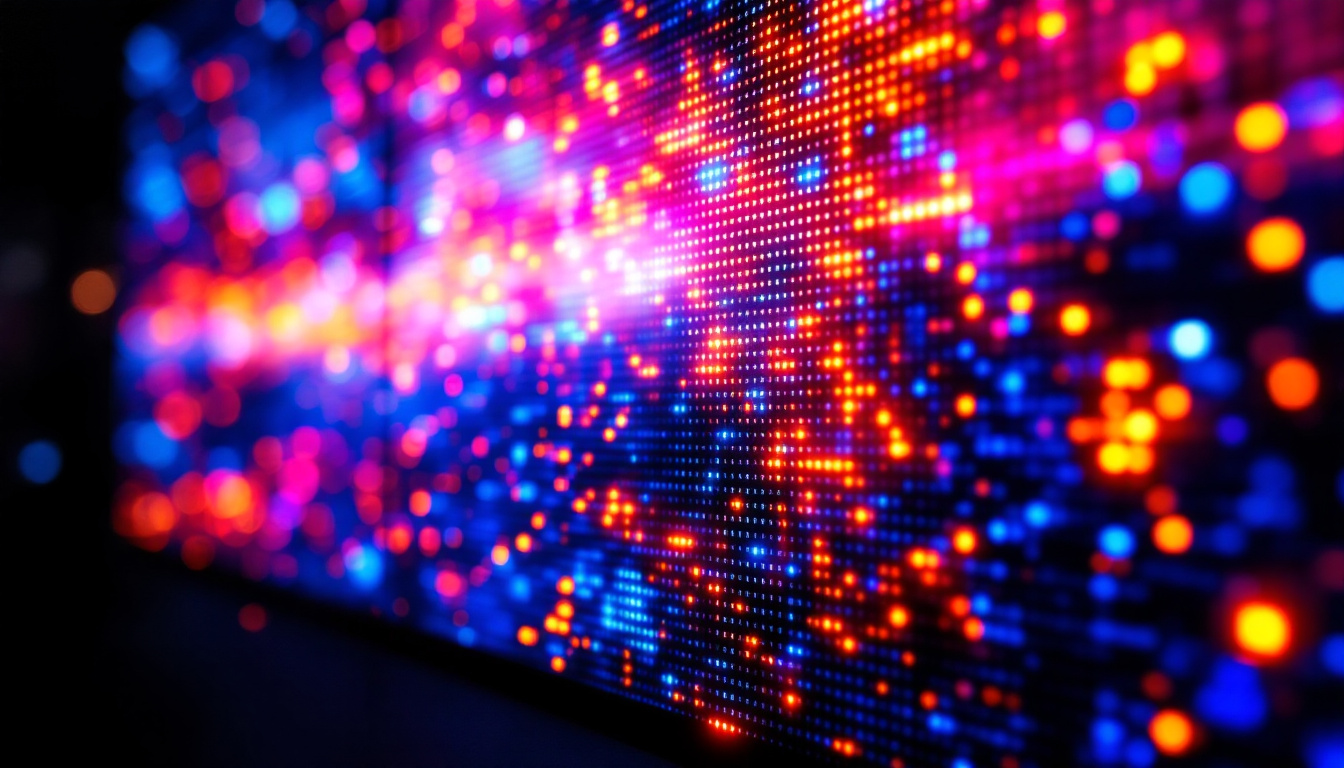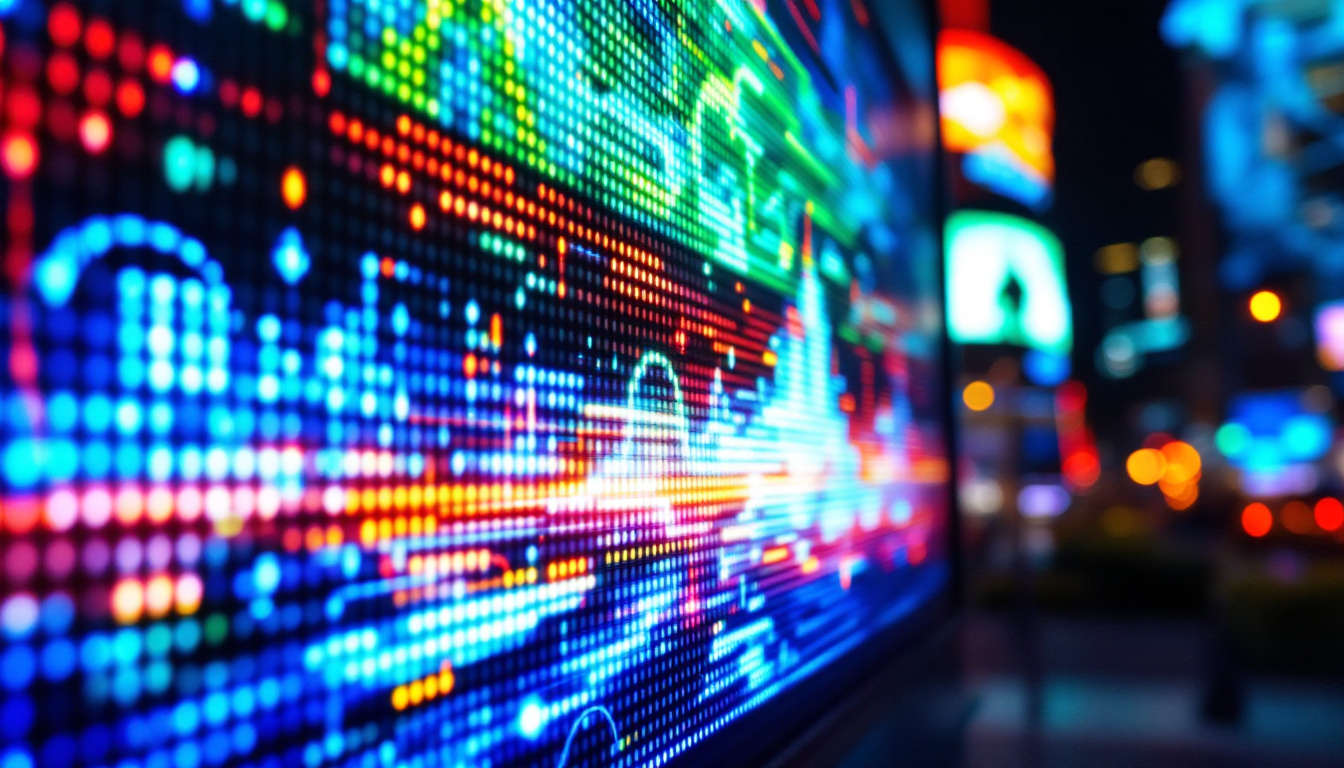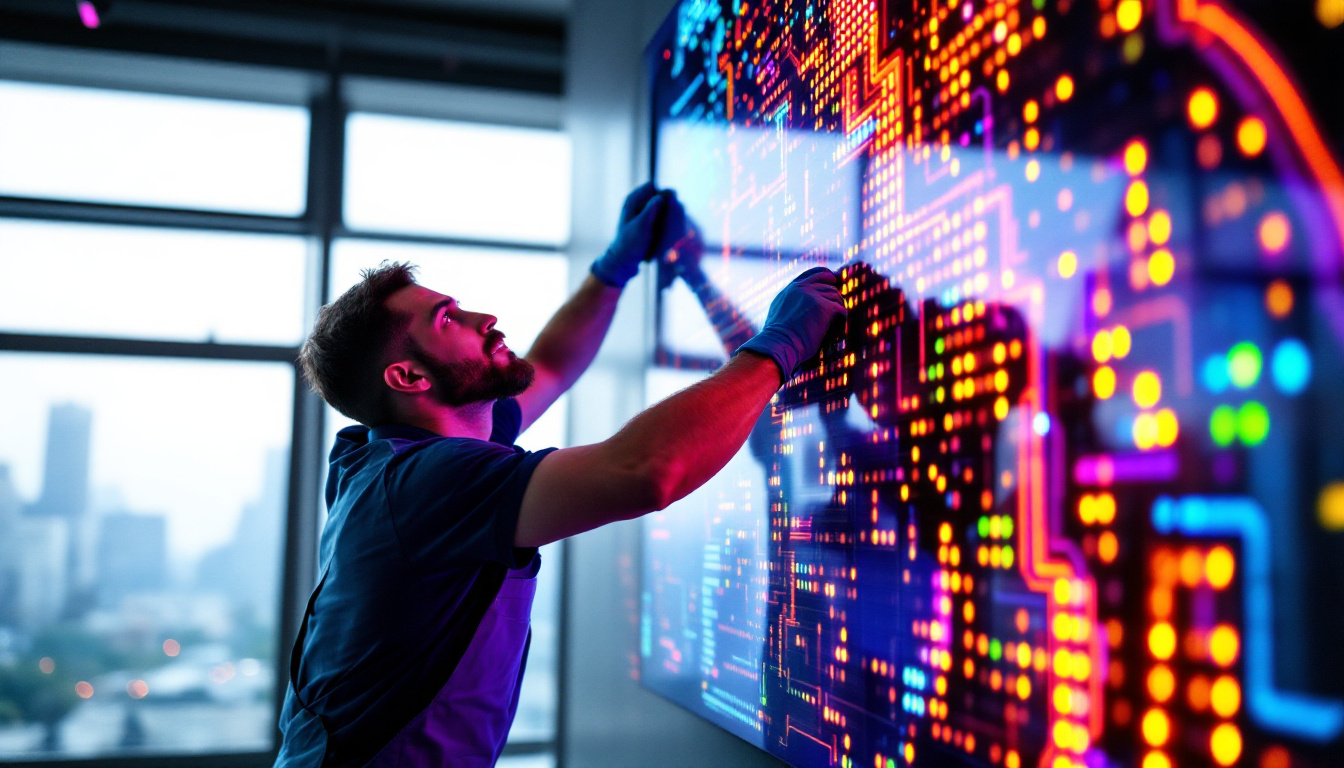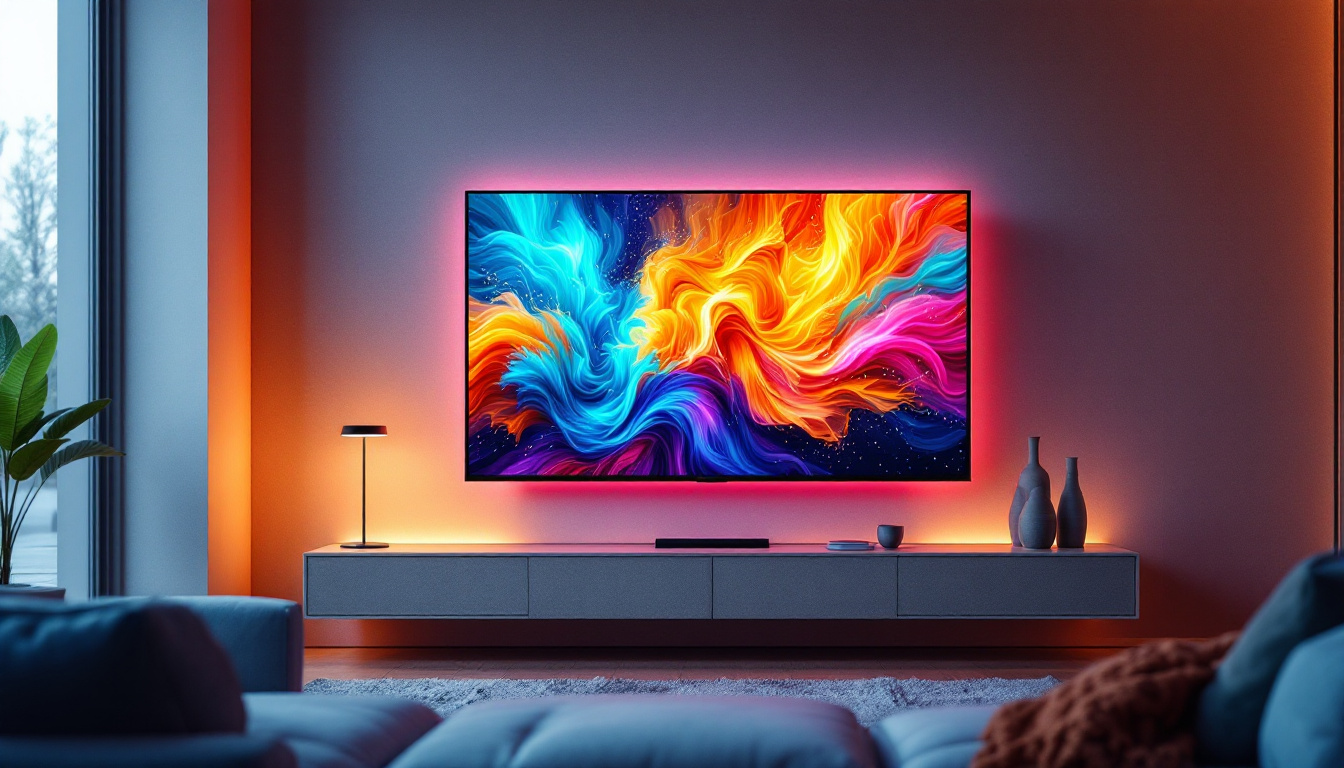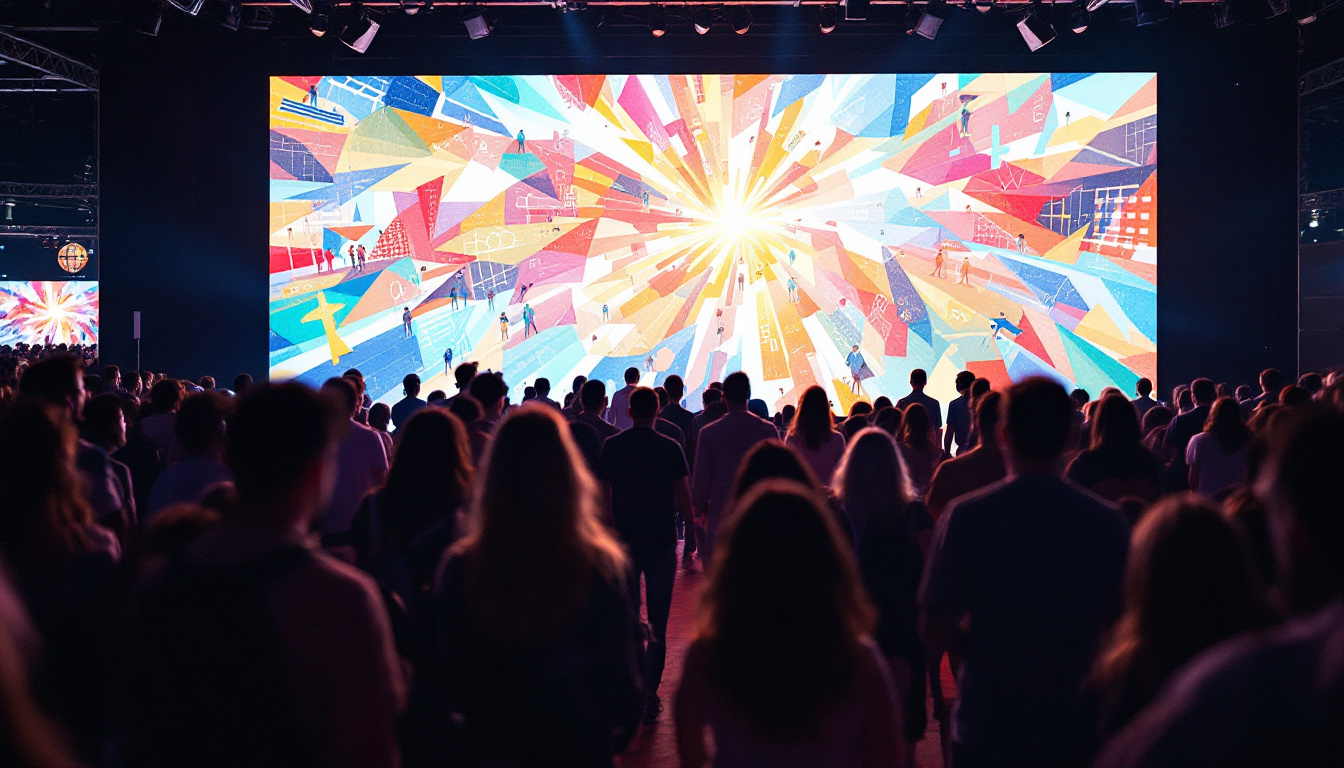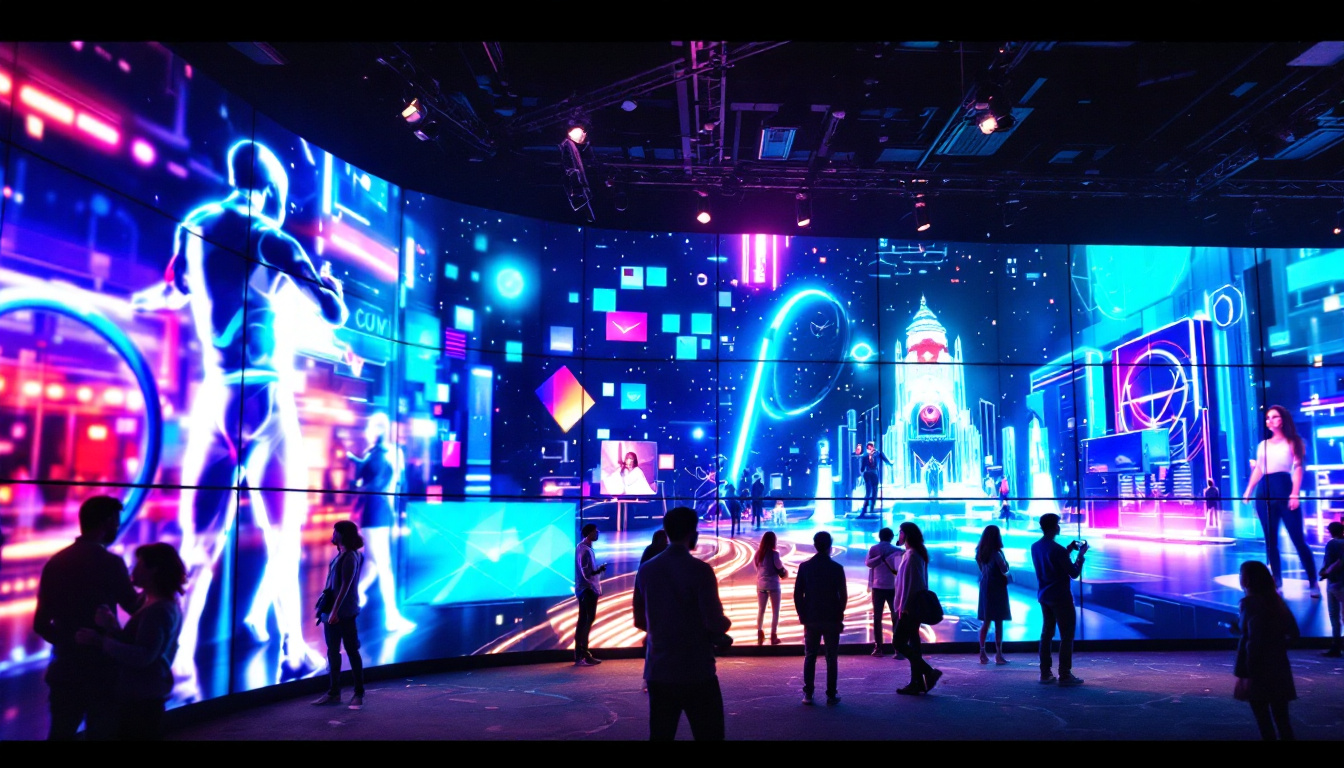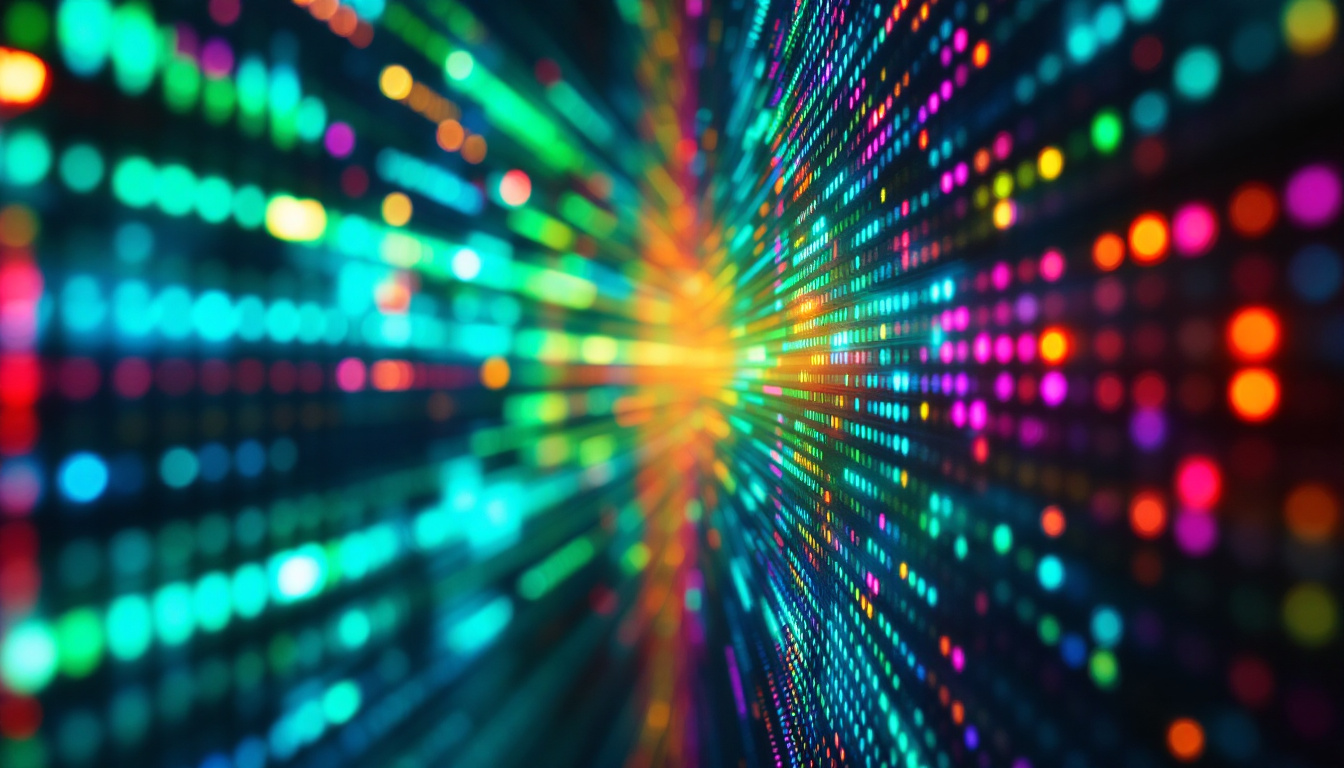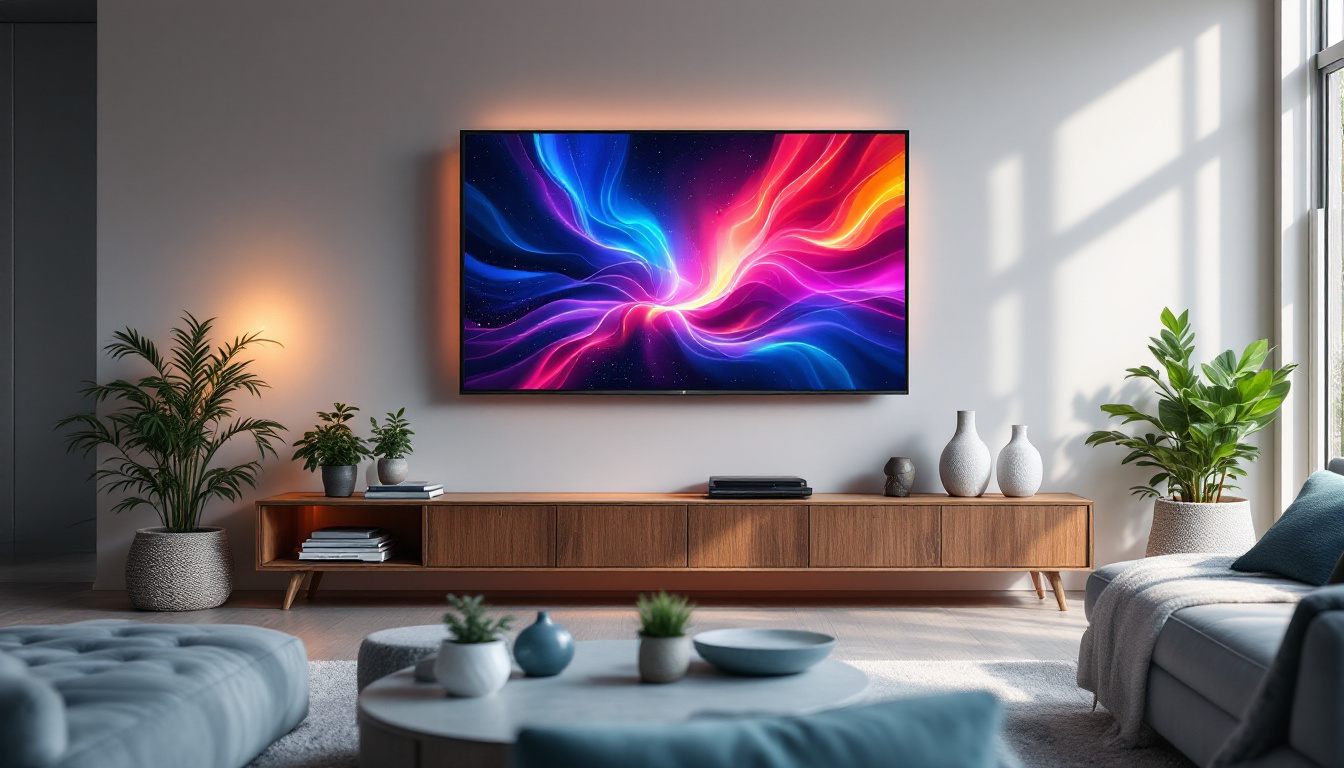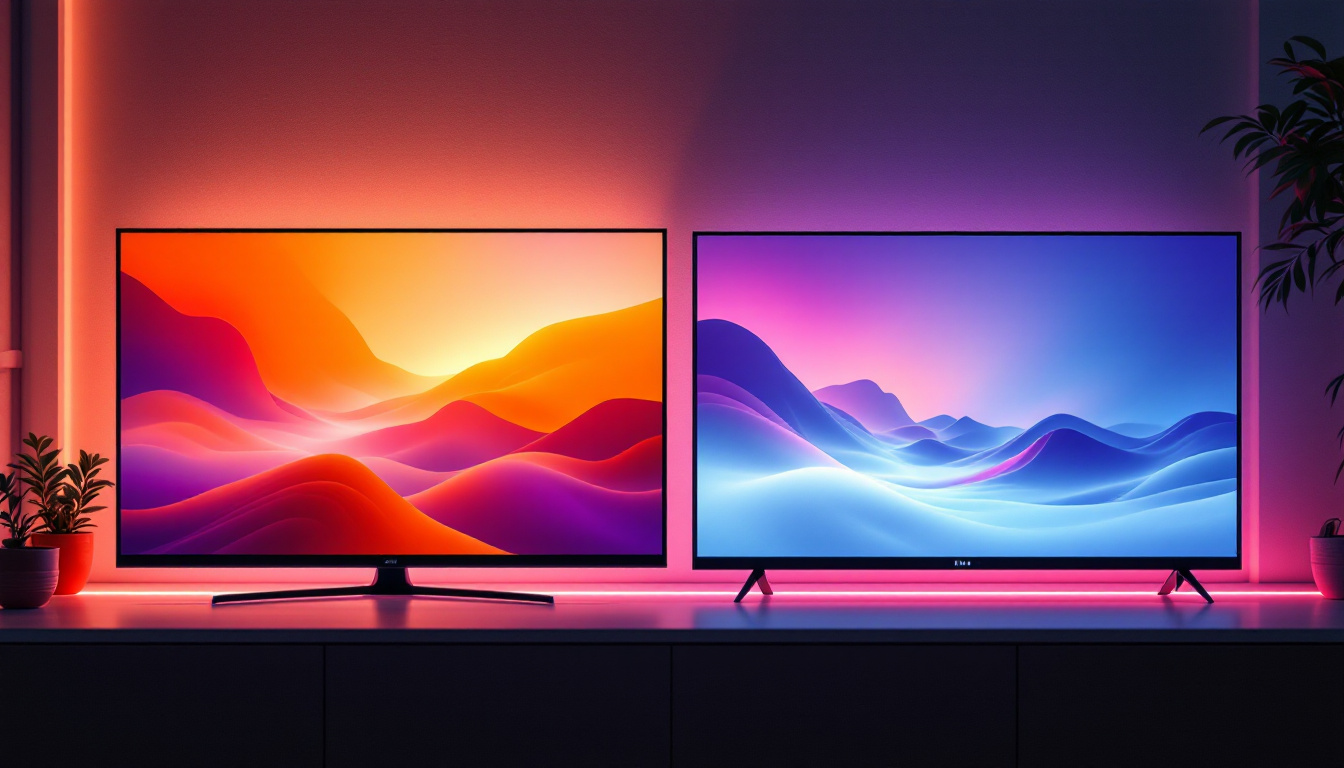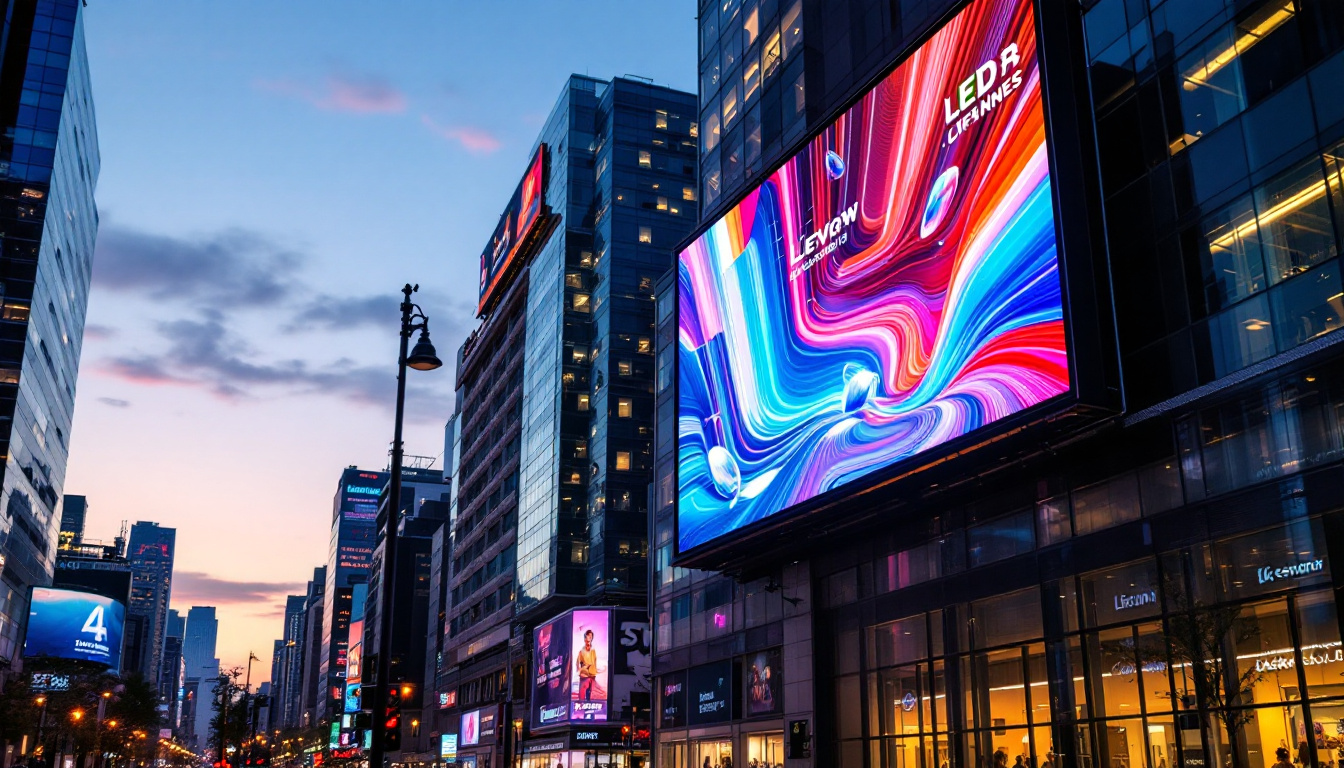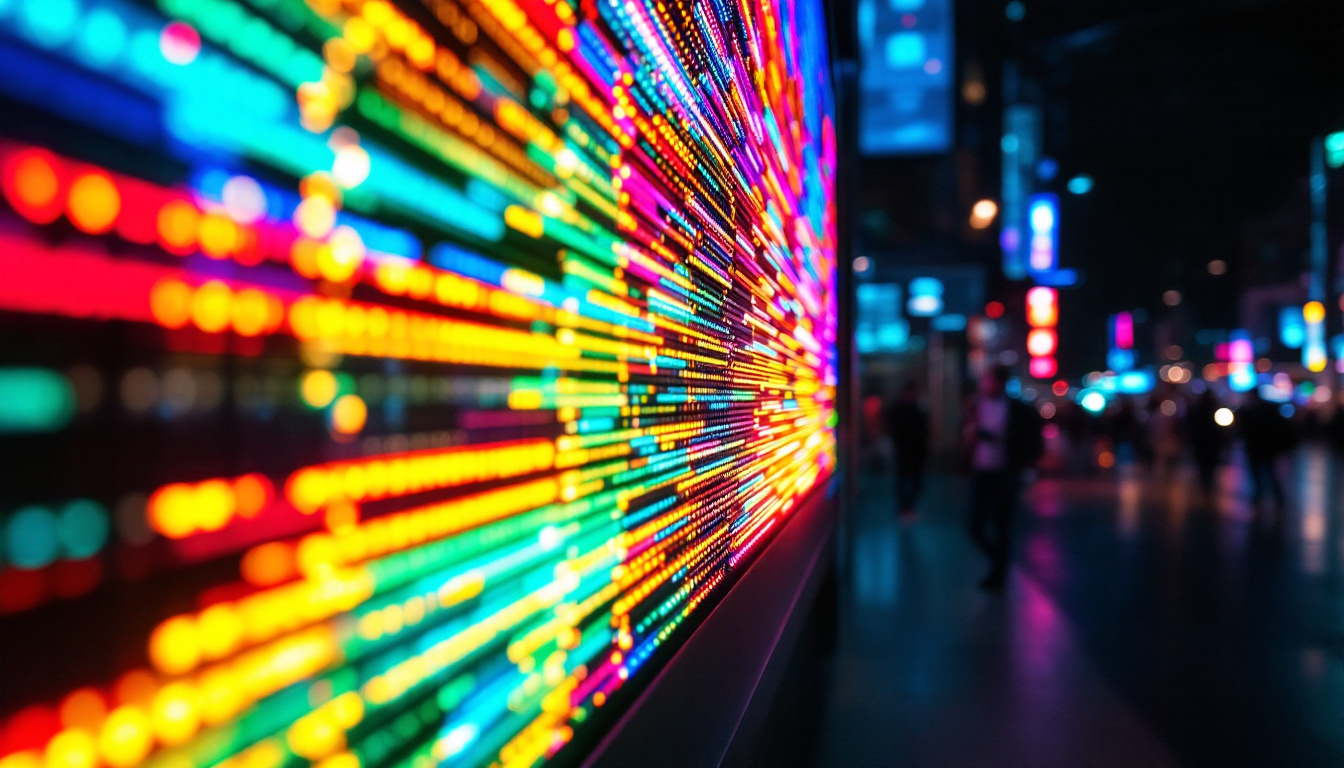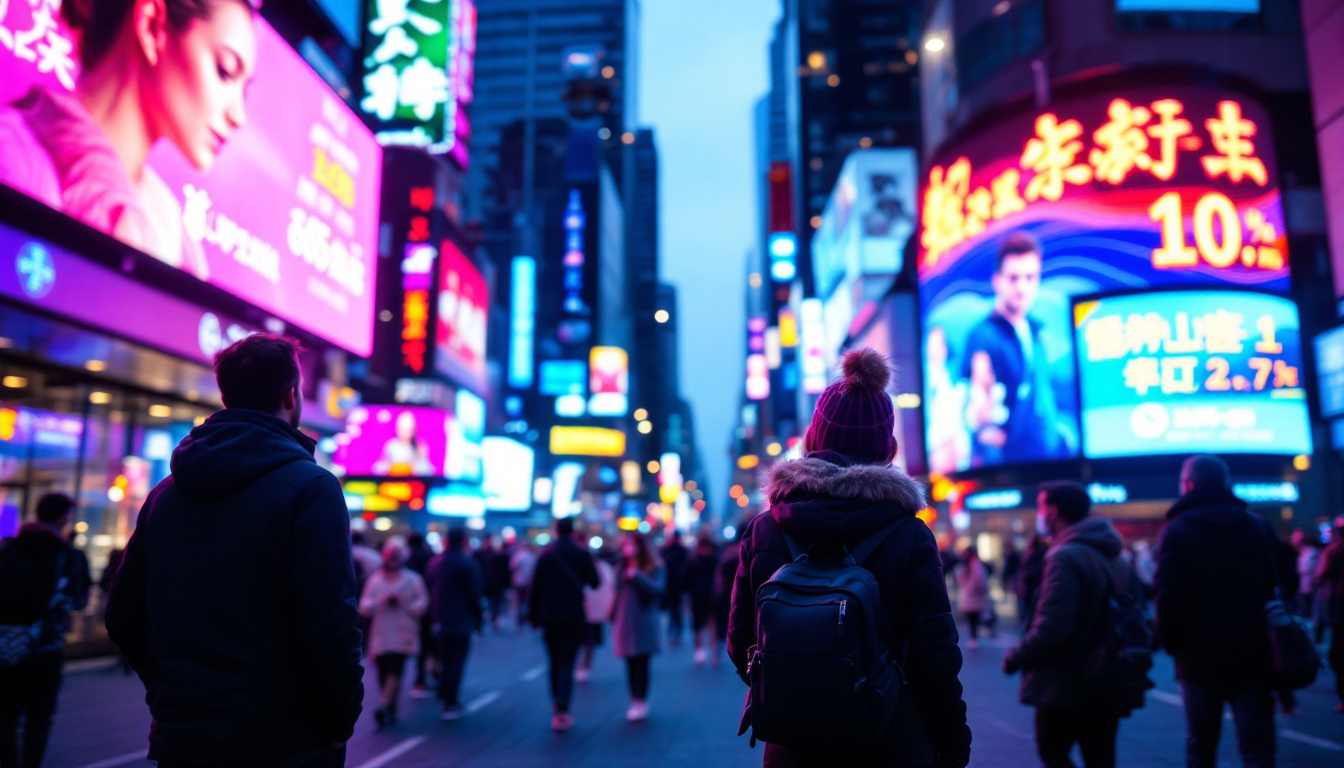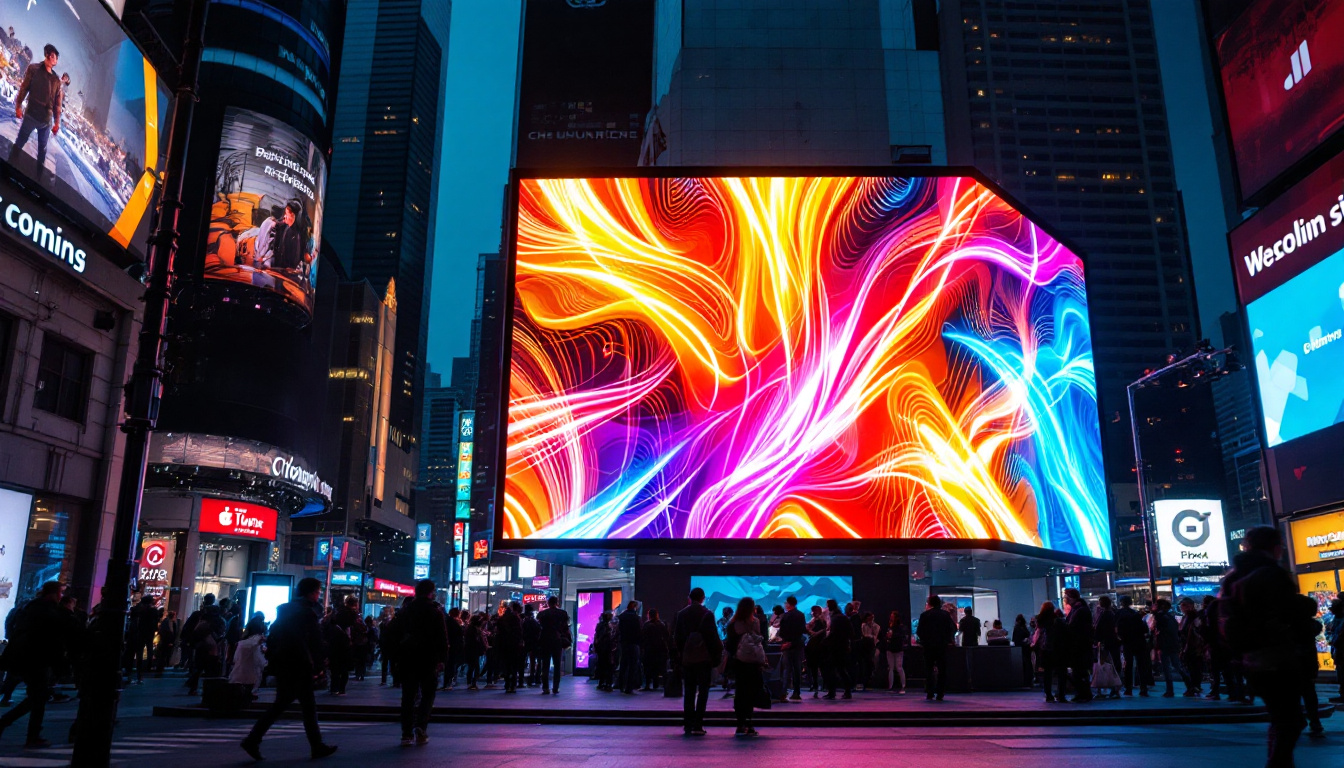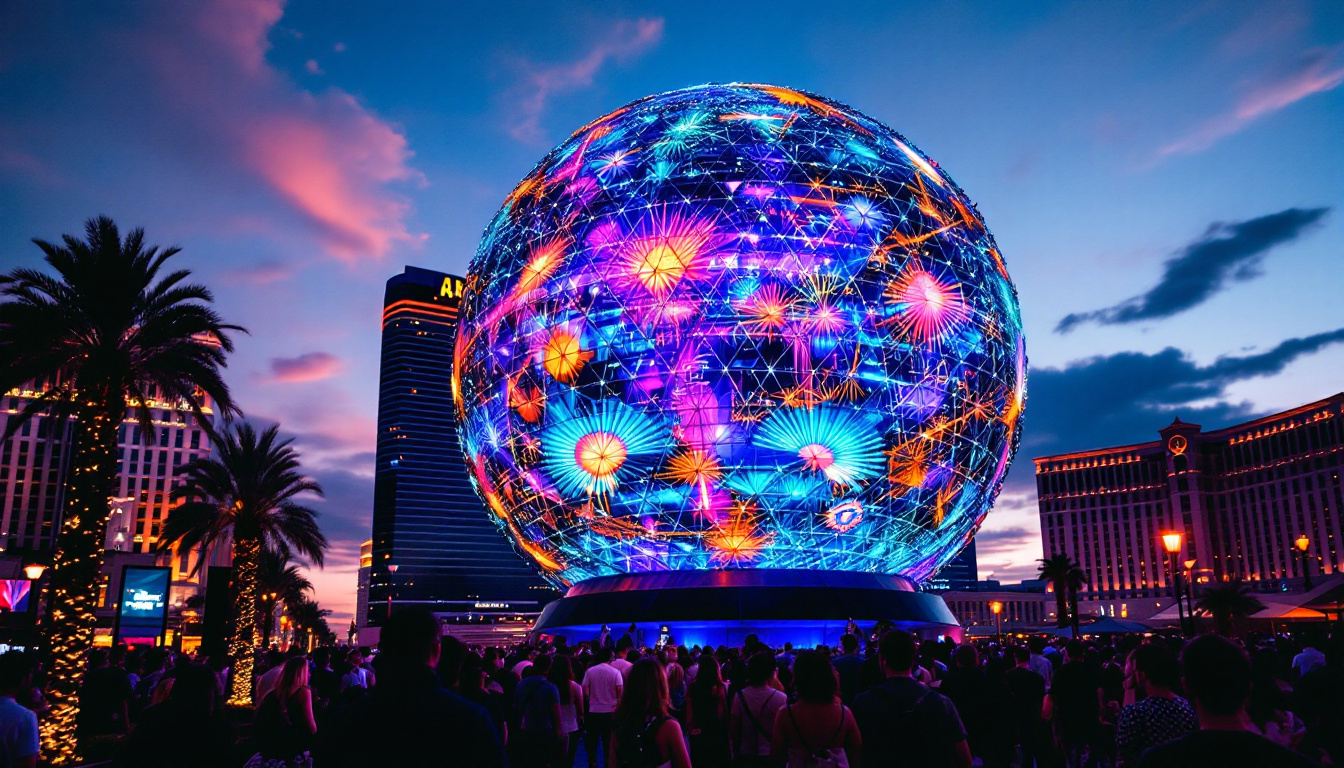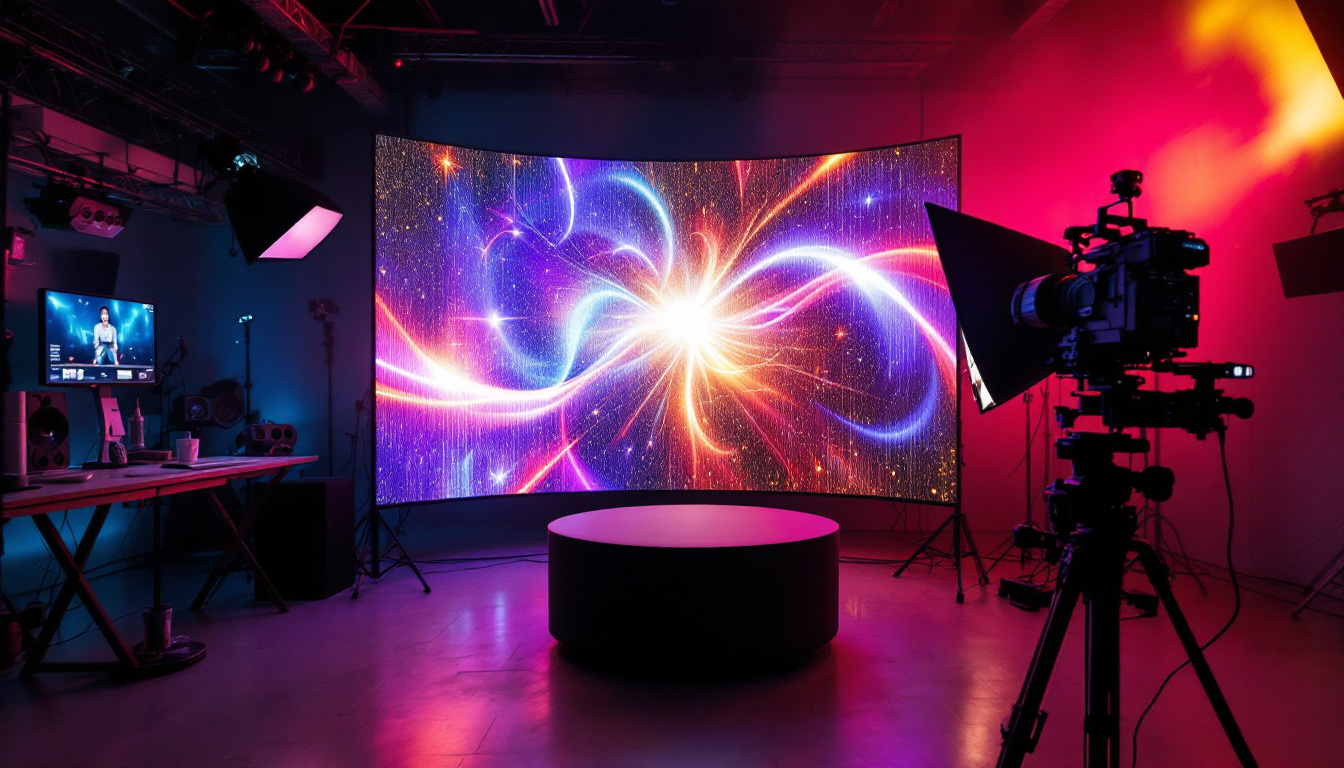In the realm of modern event production, LED displays have emerged as a transformative technology, redefining the way visual content is presented. From concerts and corporate events to theatrical performances and exhibitions, LED screens have become a staple in creating immersive experiences. This article delves into the intricacies of LED displays, exploring their technology, applications, and advantages.
Understanding LED Technology
Light Emitting Diodes (LEDs) are semiconductor devices that emit light when an electric current passes through them. This technology has evolved significantly over the years, leading to the development of high-quality LED displays that are now ubiquitous in various settings. From advertising billboards to sports arenas, the versatility and efficiency of LEDs have made them a preferred choice for both indoor and outdoor applications. Their energy efficiency not only reduces operational costs but also contributes to a more sustainable environment, as they consume significantly less power compared to traditional lighting technologies.
The Basics of LED Displays
At its core, an LED display consists of numerous individual LEDs arranged in a grid. These LEDs can be red, green, or blue (RGB), and by varying the intensity of each color, a wide spectrum of colors can be produced. This is known as additive color mixing. The combination of these colors allows for the display of vibrant images and videos, making LEDs ideal for dynamic content. Additionally, advancements in LED technology have led to the development of smart displays that can integrate with various digital platforms, allowing for real-time content updates and interactive features that engage audiences more effectively.
LED displays can be categorized into two main types: direct view and rear projection. Direct view displays are made up of individual LED modules that are visible from the front, while rear projection displays use projectors to cast images onto a screen from behind. The direct view LED displays are more commonly used in staging and events due to their brightness and clarity. Furthermore, the durability of LED technology makes it suitable for outdoor environments, where weather resistance and longevity are critical. This resilience not only ensures consistent performance but also reduces maintenance costs over time.
Pixel Pitch and Resolution
Pixel pitch is a crucial factor in determining the quality of an LED display. It refers to the distance between the centers of two adjacent pixels, typically measured in millimeters. A smaller pixel pitch results in higher resolution and better image quality, making it suitable for close viewing distances. For instance, a pixel pitch of 2.5mm is ideal for indoor events where viewers are relatively close to the screen. This high resolution allows for detailed graphics and text that are essential for presentations, concerts, and exhibitions.
Conversely, larger pixel pitches are more appropriate for outdoor displays or larger venues where the audience is farther away. Understanding pixel pitch is essential for event planners and production teams to select the right display for their specific needs. Moreover, advancements in technology have led to the emergence of flexible LED screens that can be shaped to fit unique spaces, further enhancing the creative possibilities for designers and advertisers. These innovations not only improve visual experiences but also open up new avenues for artistic expression in public installations and immersive environments.
Applications of LED Displays
LED displays have a wide range of applications, making them versatile tools in various industries. Their ability to deliver high-quality visuals in real-time has made them a preferred choice for many event organizers and businesses.
Concerts and Live Events
In the entertainment industry, LED displays play a pivotal role in enhancing the audience’s experience. Concerts often feature massive LED screens that display visuals synchronized with the music, creating a captivating atmosphere. These screens can showcase live footage of performers, animations, and graphics that elevate the overall production value.
Moreover, the flexibility of LED displays allows for creative staging solutions. They can be configured in various shapes and sizes, enabling designers to craft unique visual environments that resonate with the theme of the event.
Corporate Events and Presentations
For corporate events, LED displays are invaluable tools for presentations and branding. They can display slideshows, videos, and live feeds, ensuring that all attendees have a clear view of the content being presented. This is particularly important in large venues where traditional projectors may struggle to deliver clarity.
Additionally, LED displays can be used for branding purposes, showcasing logos and promotional content in a visually appealing manner. This not only enhances the professional image of the company but also engages the audience more effectively.
Exhibitions and Trade Shows
At exhibitions and trade shows, LED displays are used to attract attention and convey information efficiently. They can serve as digital signage, providing visitors with details about products, services, and event schedules. The dynamic nature of LED displays allows for real-time updates, ensuring that the information remains relevant and engaging.
Furthermore, LED walls can be used to create immersive environments that draw visitors into a brand’s story. By integrating visuals with interactive elements, companies can leave a lasting impression on potential clients and partners.
Advantages of LED Displays
The rise of LED displays in various applications can be attributed to their numerous advantages. Understanding these benefits can help organizations make informed decisions when investing in display technology.
Brightness and Visibility
One of the most significant advantages of LED displays is their brightness. They can produce vibrant colors and sharp images even in well-lit environments, making them suitable for both indoor and outdoor use. This high level of visibility ensures that content remains clear and engaging, regardless of lighting conditions.
This brightness is particularly advantageous for outdoor events, where natural sunlight can wash out traditional displays. LED technology allows for clear visibility, ensuring that the audience can fully engage with the content being presented.
Energy Efficiency
LED displays are known for their energy efficiency compared to traditional display technologies. They consume less power while delivering superior brightness and color quality. This not only reduces operational costs but also contributes to a more sustainable approach to event production.
As organizations increasingly prioritize sustainability, the energy efficiency of LED displays becomes a compelling reason to adopt this technology. Reduced energy consumption translates to lower carbon footprints, aligning with the goals of environmentally-conscious businesses.
Durability and Longevity
LED displays are built to last, with a lifespan that often exceeds 100,000 hours. This durability makes them a cost-effective investment for event planners and businesses. Unlike traditional displays, which may require frequent replacements or repairs, LED screens can withstand the rigors of transportation and installation, making them ideal for touring productions.
Additionally, their robust construction ensures that they can endure various environmental conditions, further enhancing their appeal for outdoor events. This reliability contributes to the overall success of events, as organizers can focus on delivering exceptional experiences without worrying about display failures.
Challenges and Considerations
While LED displays offer numerous advantages, there are also challenges and considerations that event planners and organizations should keep in mind. Understanding these factors can help in making informed decisions regarding display technology.
Cost Implications
The initial investment for LED displays can be higher than traditional display technologies. However, this cost should be viewed in the context of the long-term benefits, including reduced maintenance and energy costs. Organizations must weigh the upfront expenses against the potential return on investment over time.
Additionally, rental options are available for those who may not require a permanent installation. This allows organizations to access high-quality LED displays without the burden of ownership costs, making them more accessible for various events.
Technical Expertise
Operating and maintaining LED displays requires a certain level of technical expertise. Event planners and production teams should ensure they have the necessary skills or access to professionals who can handle setup, programming, and troubleshooting. This is particularly important for complex displays that require intricate configurations.
Investing in training for staff can also enhance the overall effectiveness of using LED technology, ensuring that events run smoothly and that any technical issues are resolved promptly.
The Future of LED Displays
The future of LED displays looks promising, with ongoing advancements in technology and design. As the demand for high-quality visual experiences continues to grow, innovations are expected to enhance the capabilities of LED displays even further.
Emerging Technologies
One of the most exciting developments in LED technology is the integration of smart features. This includes the ability to connect displays to the internet, allowing for real-time content updates and remote management. Such capabilities can streamline event production and enhance audience engagement.
Additionally, advancements in pixel technology are leading to even smaller pixel pitches, enabling higher resolutions and improved image quality. This will open up new possibilities for applications in various industries, from advertising to entertainment.
Integration with Augmented and Virtual Reality
As augmented reality (AR) and virtual reality (VR) technologies gain traction, LED displays are likely to play a crucial role in enhancing these experiences. By combining LED visuals with AR and VR, event organizers can create immersive environments that captivate audiences and elevate storytelling.
This integration will not only transform how content is presented but also redefine audience interactions, paving the way for innovative event experiences that blend the physical and digital worlds.
Conclusion
LED displays have revolutionized the way visual content is presented in various settings, offering unparalleled brightness, energy efficiency, and durability. Their versatility makes them suitable for a wide range of applications, from concerts and corporate events to exhibitions and trade shows. While there are challenges to consider, the benefits of LED technology far outweigh the drawbacks, making it a valuable investment for organizations looking to enhance their visual communication.
As technology continues to evolve, the future of LED displays promises even more exciting possibilities. By staying informed about advancements and trends, event planners and businesses can leverage this technology to create unforgettable experiences that resonate with audiences.
Illuminate Your Events with LumenMatrix
Ready to elevate your visual presentations to the next level? Discover LumenMatrix’s innovative LED display solutions, designed to captivate your audience and amplify your message. From the vibrant Indoor LED Wall Display to the dynamic Outdoor LED Wall Display, and from the versatile Vehicle LED Display to the sleek LED Poster Display, our range of products ensures your brand shines in any setting. Embrace the future of visual communication with our LED Sports Display, Floor LED Display, Custom LED Display, All-in-One LED Display, and LED Transparent Display. Experience the transformative power of LumenMatrix and Check out LumenMatrix LED Display Solutions today to create unforgettable experiences that resonate with audiences and leave a lasting impact.

